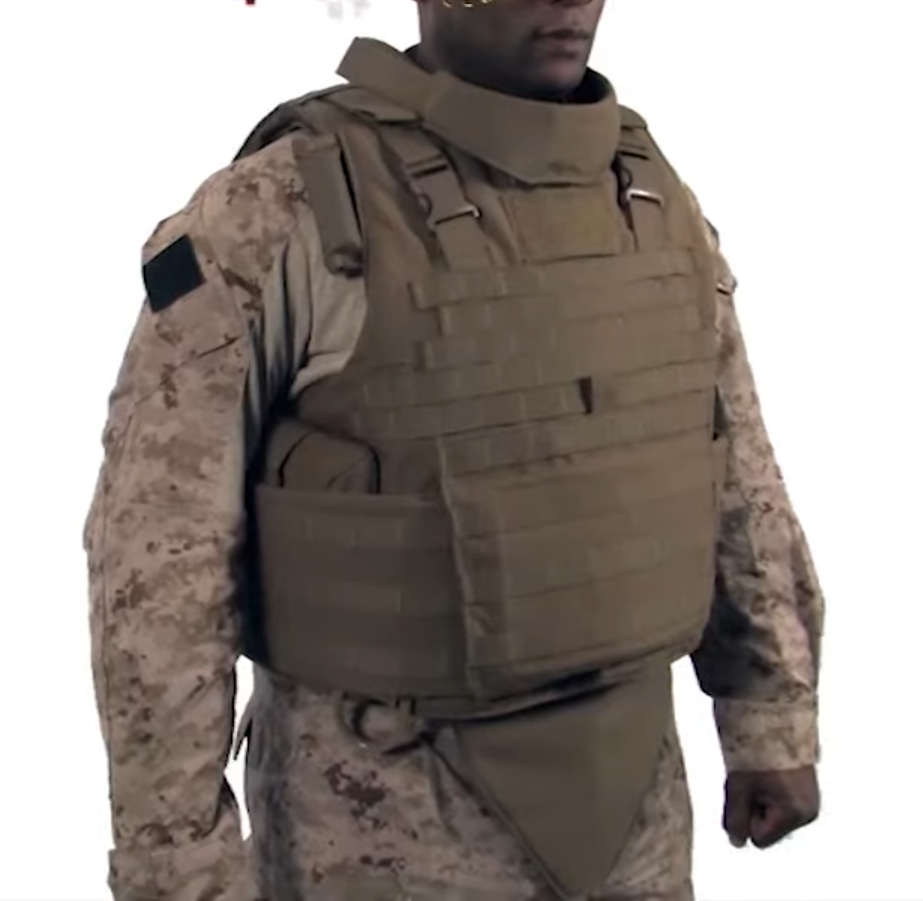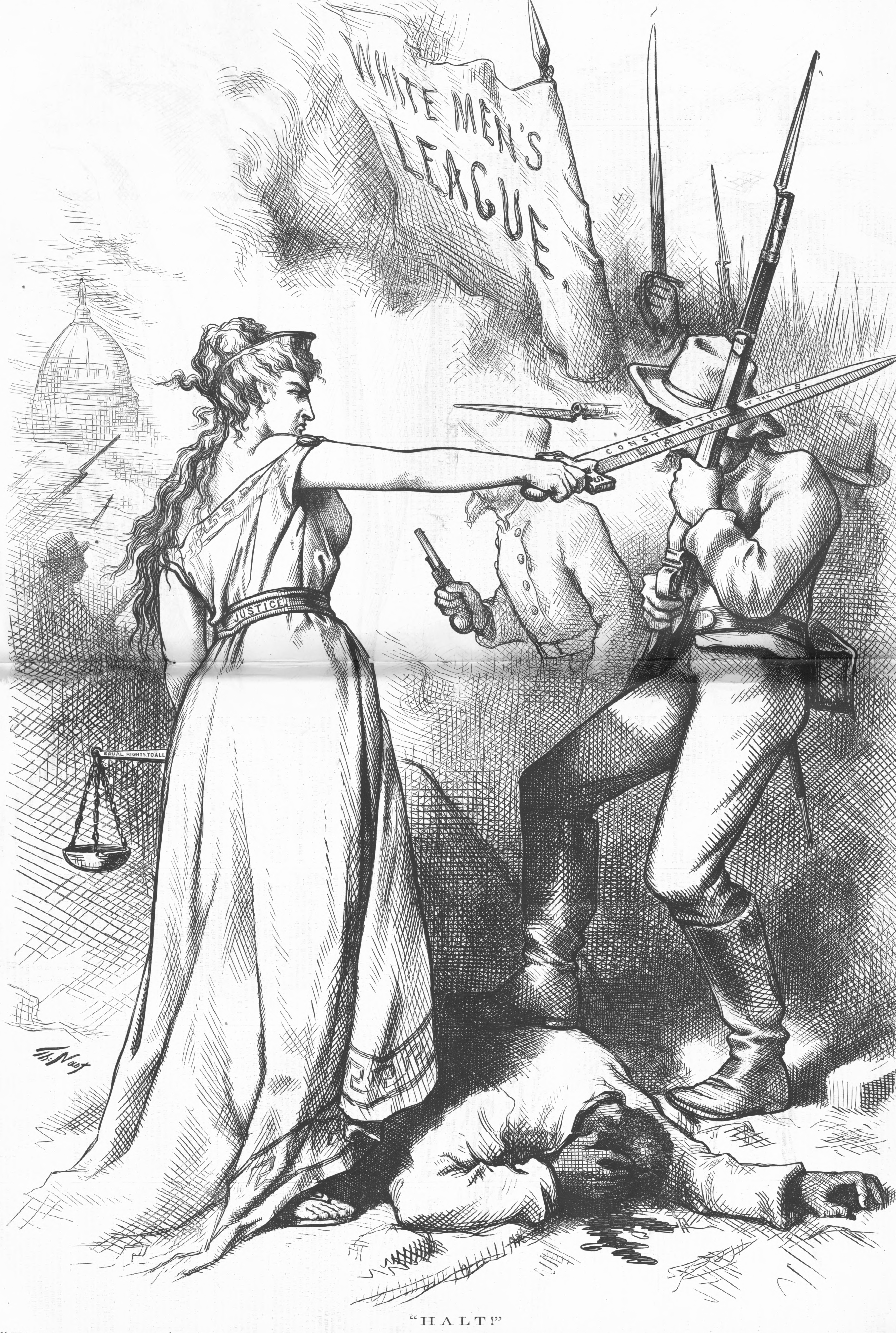|
Zylon
Zylon (IUPAC nomenclature, IUPAC name: poly(''p''-phenylene-2,6-benzobisoxazole)) is a trademarked name for a range of thermoset liquid-crystalline polyoxazole. This synthetic polymer material was invented and developed by SRI International in the 1980s and manufactured by Toyobo. In generic usage, the fiber is referred to as PBO. Zylon has 5.8 GPa of tensile strength, which is 1.6 times that of Kevlar. Additionally, Zylon has a high Young's modulus of 270 GPa, meaning that it is stiffer than steel. Like Kevlar, Zylon is used in a number of applications that require very high strength with excellent thermal stability. The material has been used in body armour, in tennis racquets, table tennis paddles, and in snowboards, in various medical applications, and in some of the Mars Exploration Rover Mission, Martian rovers. Usage Body armor Zylon gained wide use in U.S. police officers body armor protection in 1998 with its introduction by Second Chance (body armor), Second Chance ... [...More Info...] [...Related Items...] OR: [Wikipedia] [Google] [Baidu] |
Mars Exploration Rover Mission
NASA's Mars Exploration Rover (MER) mission was a robotic space mission involving two Mars rovers, ''Spirit (rover), Spirit'' and ''Opportunity (rover), Opportunity'', exploring the planet Mars. It began in 2003 with the launch of the two rover (space exploration), rovers to explore the Martian surface and Geology of Mars, geology; both landed on Mars at separate locations in January 2004. Both rovers far outlived their planned missions of 90 Timekeeping on Mars#Sols, Martian solar days: MER-A ''Spirit'' was active until March 22, 2010, while MER-B ''Opportunity'' was active until June 10, 2018. Objectives The mission's scientific objective was to search for and characterize a wide range of rock (geology), rocks and soils that hold clues to past Water on Mars, water activity on Mars. The mission is part of NASA's Mars Exploration Program, which includes three previous successful landers: the two Viking program landers in 1976 and Mars Pathfinder probe in 1997. The scientific ... [...More Info...] [...Related Items...] OR: [Wikipedia] [Google] [Baidu] |
Armor Holdings
Armor Holdings, Inc. was an American manufacturer of military, law enforcement, and personnel safety equipment. It was acquired by BAE Systems on July 31, 2007 and renamed BAE Systems Mobility & Protection Systems. The divisions have been reorganised within BAE Systems Land and Armaments. History Armor Holdings was founded in 1969 as American Body Armor and Equipment, Inc. at Jacksonville, Florida. In January 1996 the company underwent a change in control; Kanders Florida Holdings, Inc. and others purchased the stock held by the company's two largest shareholders. The Armor Holdings, Inc. name was adopted on August 21, 1996. It acquired Fairfield, Ohio-based O'Gara-Hess & Eisenhardt in 2001 and renamed it Centigon. In 2003, it acquired Simula, Inc. a developer and producer of military seating systems, the Cockpit Air Bag System (CABS) for US Army helicopters, the Small Arms Protective Insert (SAPI) armor system, and parachutes. Simula developed and produced the first crash ... [...More Info...] [...Related Items...] OR: [Wikipedia] [Google] [Baidu] |
Second Chance (body Armor)
Second Chance is an American body armor manufacturing company. The company was founded in the early 1970s by U.S. Marine and pizza delivery owner/driver Richard Davis. Davis developed the idea of a bulletproof vest after shooting three armed robbers in self-defense during a delivery. This incident was later documented in a 1995 book written by firearms instructor Massad Ayoob called ''The Ayoob Files: The Book''. Davis started his company out of his garage. In early sales demonstrations, he would put on one of his vests and then shoot himself, usually with a firearm provided by whatever agency he was demonstrating for. In 1998, Second Chance introduced Zylon-based body armor (bullet-resistant vests), as a lightweight alternative to kevlar. The Zylon material used in the vests was supplied by Japan-based Toyobo. In June 2005, the National Institute of Justice, the United States government agency responsible for developing safety standards, determined that these Zylon-based vests ... [...More Info...] [...Related Items...] OR: [Wikipedia] [Google] [Baidu] |
Body Armour
Body armour, personal armour (also spelled ''armor''), armoured suit (''armored'') or coat of armour, among others, is armour for human body, a person's body: protective clothing or close-fitting hands-free shields designed to absorb or deflect physical attacks. Historically used to protect military personnel, today it is also used by various types of police (riot police in particular), private security guards, or bodyguards, and occasionally ordinary citizens. Today there are two main types: regular non-plated body armor for moderate to substantial protection, and hard-plate reinforced body armor for maximum protection, such as used by combatants. History Many factors have affected the development of personal armor throughout human history. Significant factors in the development of armor include the economic and technological necessities of armor production. For instance full plate armor first appeared in medieval Europe when water-powered trip hammers made the formation o ... [...More Info...] [...Related Items...] OR: [Wikipedia] [Google] [Baidu] |
Ballistic Vest
A bulletproof vest, also known as a ballistic vest or bullet-resistant vest, is a type of body armor designed to absorb impact and prevent the penetration of firearm projectiles and Fragmentation (weaponry), explosion fragments to the torso. The vest can be either soft—as worn by police officers, security personnel, prison guards, and occasionally private citizens to protect against stabbing attacks or light projectiles—or hard, incorporating metallic or para-aramid components. Soldiers and police tactical units typically wear hard armour, either alone or combined with soft armour, to protect against rifle ammunition or fragmentation. Additional protection includes trauma plates for blunt force and ceramic inserts for high-caliber rounds. Bulletproof vests have evolved over centuries, from early designs like those made for knights and military leaders to modern-day versions. Early ballistic protection used materials like cotton and silk, while contemporary vests employ advance ... [...More Info...] [...Related Items...] OR: [Wikipedia] [Google] [Baidu] |
Synthetic Polymer
Some familiar household synthetic polymers include: Nylons in textiles and fabrics, Teflon in non-stick pans, Bakelite for electrical switches, polyvinyl chloride (PVC) in pipes, etc. The common PET bottles are made of a synthetic polymer, polyethylene terephthalate. The plastic kits and covers are mostly made of synthetic polymers like polythene, and tires are manufactured from polybutadienes. However, due to the environmental issues created by these synthetic polymers which are mostly non-biodegradable and often synthesized from petroleum, alternatives like bioplastics are also being considered. They are however expensive when compared to the synthetic polymers. Inorganic polymers * Polysiloxane * Polyphosphazene * Polyborazyline Organic polymers The eight most common types of synthetic organic polymers, which are commonly found in households are: * Low-density polyethylene (LDPE) *High-density polyethylene (HDPE) *Polypropylene (PP) *Polyethylene (PE) *Polyvinyl chl ... [...More Info...] [...Related Items...] OR: [Wikipedia] [Google] [Baidu] |
SRI International
SRI International (SRI) is a nonprofit organization, nonprofit scientific research, scientific research institute and organization headquartered in Menlo Park, California, United States. It was established in 1946 by trustees of Stanford University to serve as a center of innovation to support economic development in the region. The organization was founded as the Stanford Research Institute. SRI formally separated from Stanford University in 1970 and became known as SRI International in 1977. SRI performs client-sponsored research and development for government agencies, commercial businesses, and private foundations. It also licenses its technologies, forms strategic partnerships, sells products, and creates Research spin-off, spin-off companies. SRI's headquarters are located near the Stanford University campus. SRI's annual revenue in 2014 was approximately $540 million, which tripled from 1998 under the leadership of Curtis Carlson. In 1998, the organization was on the ver ... [...More Info...] [...Related Items...] OR: [Wikipedia] [Google] [Baidu] |
Tensile Strength
Ultimate tensile strength (also called UTS, tensile strength, TS, ultimate strength or F_\text in notation) is the maximum stress that a material can withstand while being stretched or pulled before breaking. In brittle materials, the ultimate tensile strength is close to the yield point, whereas in ductile materials, the ultimate tensile strength can be higher. The ultimate tensile strength is usually found by performing a tensile test and recording the engineering stress versus strain. The highest point of the stress–strain curve is the ultimate tensile strength and has units of stress. The equivalent point for the case of compression, instead of tension, is called the compressive strength. Tensile strengths are rarely of any consequence in the design of ductile members, but they are important with brittle members. They are tabulated for common materials such as alloys, composite materials, ceramics, plastics, and wood. Definition The ultimate tensile strength ... [...More Info...] [...Related Items...] OR: [Wikipedia] [Google] [Baidu] |
National Institute Of Justice
The National Institute of Justice (NIJ) is the research, development, and evaluation agency of the United States Department of Justice (DOJ). NIJ, along with the Bureau of Justice Statistics (BJS), Bureau of Justice Assistance (BJA), Office of Juvenile Justice and Delinquency Prevention (OJJDP), Office for Victims of Crime (OVC), and other program offices, comprise the DOJ's Office of Justice Programs (OJP). History The National Institute of Law Enforcement and Criminal Justice was established on October 21, 1968, under the Omnibus Crime Control and Safe Streets Act of 1968, as a component of the Law Enforcement Assistance Administration (LEAA). In 1978, it was renamed as the National Institute of Justice. Some functions of the LEAA were absorbed by NIJ on December 27, 1979, with passage of the Justice System Improvement Act of 1979. The act, which amended the Omnibus Crime Control and Safe Streets Act of 1968, also led to creation of the Bureau of Justice Statistics ... [...More Info...] [...Related Items...] OR: [Wikipedia] [Google] [Baidu] |
United States Justice Department
The United States Department of Justice (DOJ), also known as the Justice Department, is a federal executive department of the U.S. government that oversees the domestic enforcement of federal laws and the administration of justice. It is equivalent to the justice or interior ministries of other countries. The department is headed by the U.S. attorney general, who reports directly to the president of the United States and is a member of the president's Cabinet. Pam Bondi has served as U.S. attorney general since February 4, 2025. The Justice Department contains most of the United States' federal law enforcement agencies, including the Federal Bureau of Investigation, the U.S. Marshals Service, the Bureau of Alcohol, Tobacco, Firearms and Explosives, the Drug Enforcement Administration, and the Federal Bureau of Prisons. The department also has eight divisions of lawyers who represent the federal government in litigation: the Criminal, Civil, Antitrust, Tax, Civil Rights, ... [...More Info...] [...Related Items...] OR: [Wikipedia] [Google] [Baidu] |
IUPAC Nomenclature
IUPAC nomenclature is a set of recommendations for naming chemical compounds and for describing chemistry and biochemistry in general. The International Union of Pure and Applied Chemistry (IUPAC) is the international authority on chemical nomenclature and terminology. History of the Standardisation of Nomenclature In 1787, Louis-Bernard Guyton de Morveau published his nomenclature recommendations in collaboration with fellow French chemists Berthollet, de Fourcroy and Lavoisier. This work however covered only what are now called inorganic compounds. With the expansion of organic chemistry in the 19th century, and a greater understanding of the structure of organic compounds, the need for a more global standardised nomenclature became more prominent. Following a series of meetings, the first of which was established in 1860 by August Kekulé, the Geneva Nomenclature of 1892 was created. Another entity called the International Association of Chemical Societies (IACS) exis ... [...More Info...] [...Related Items...] OR: [Wikipedia] [Google] [Baidu] |






